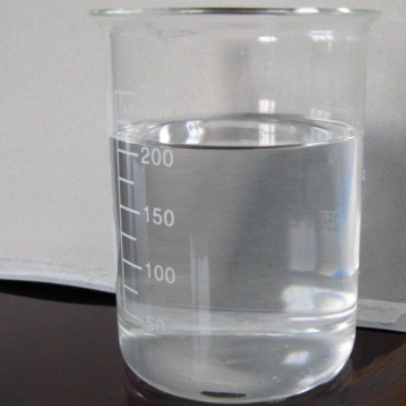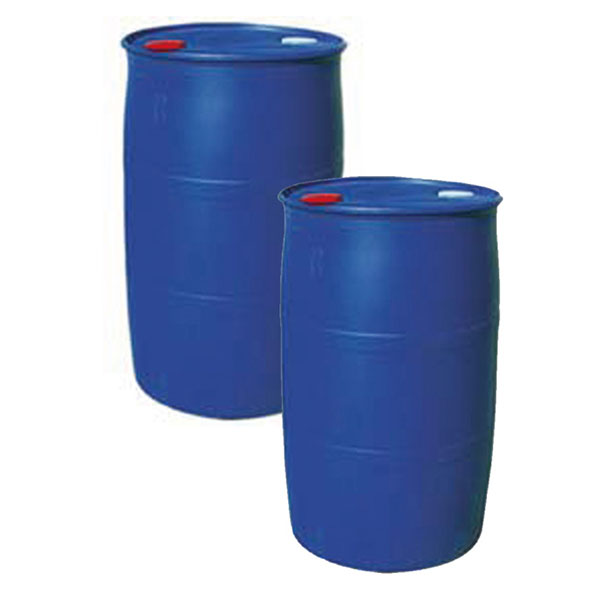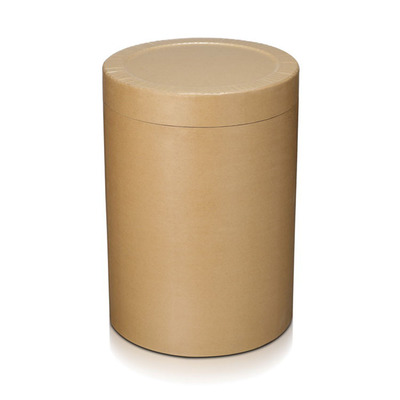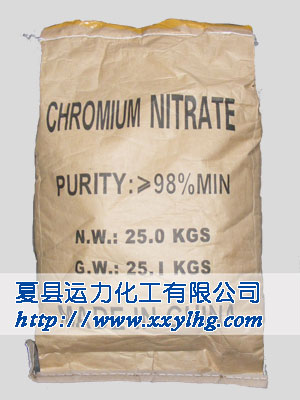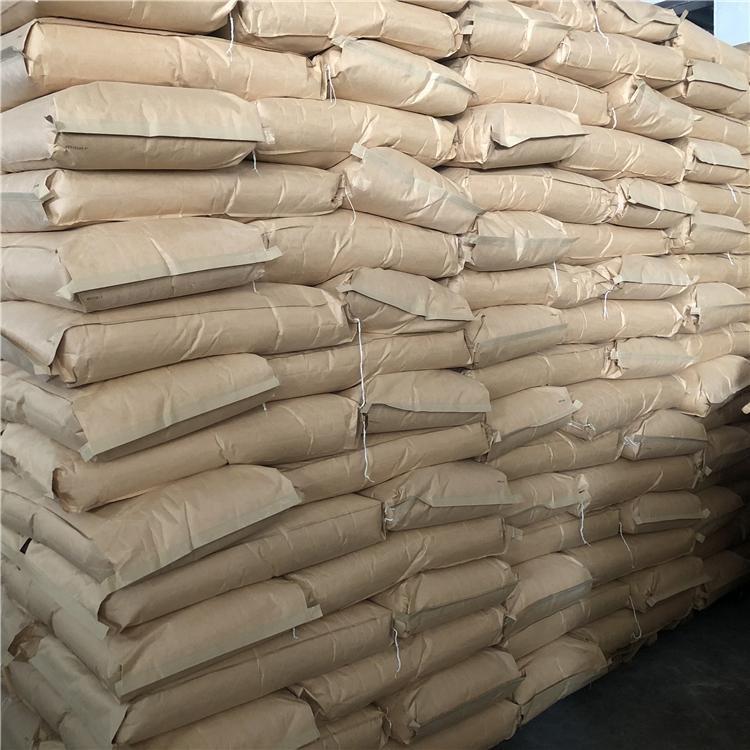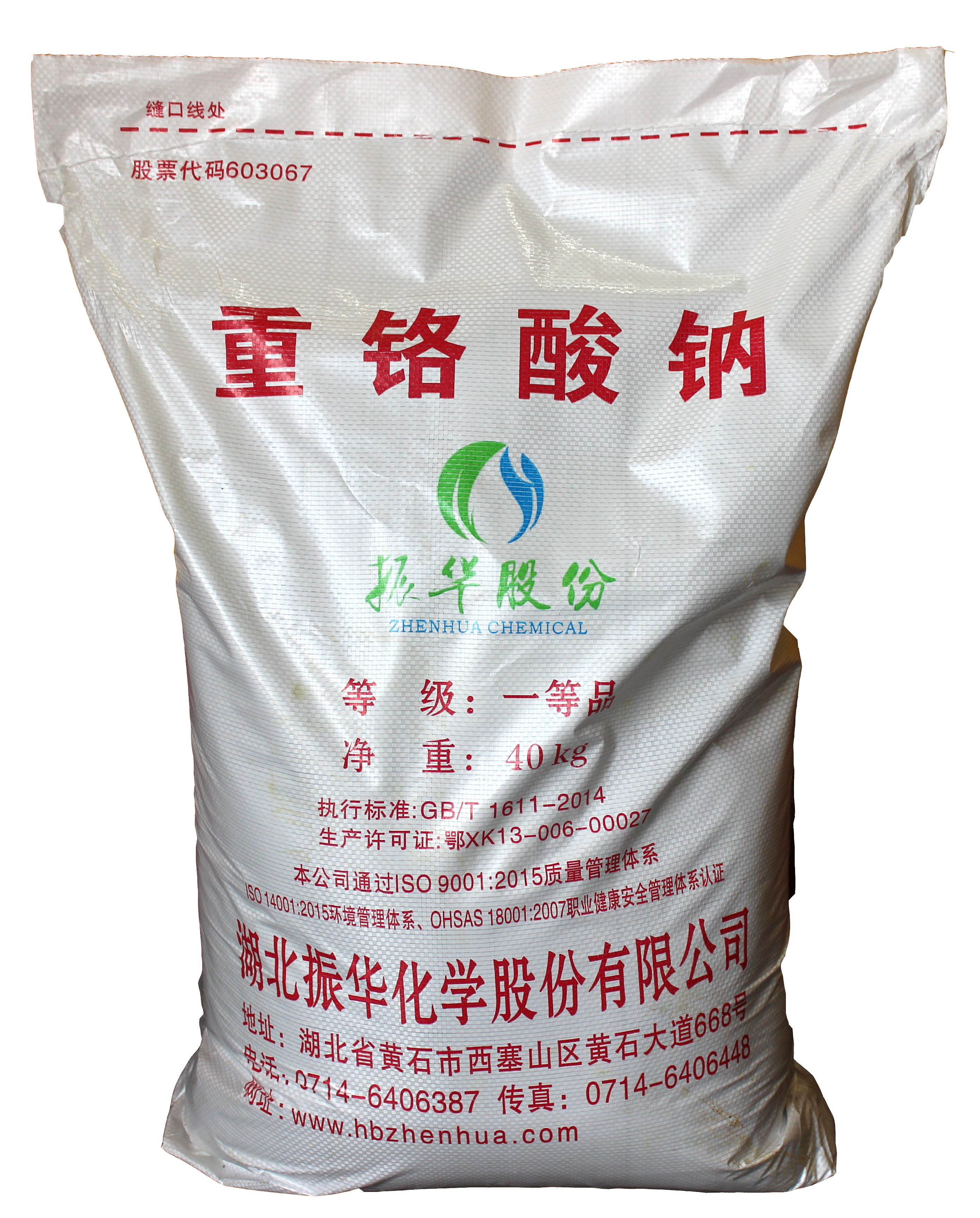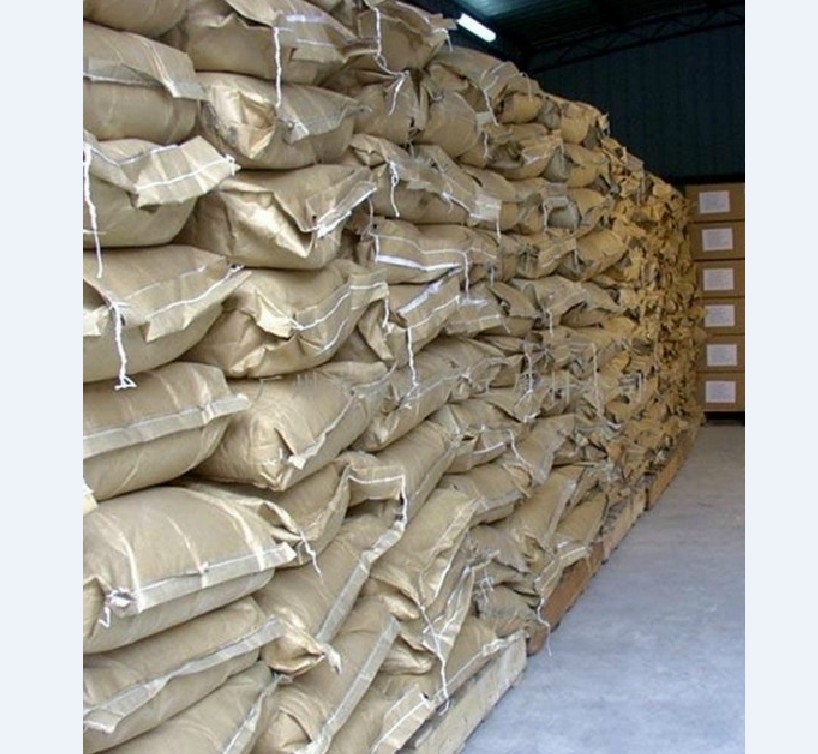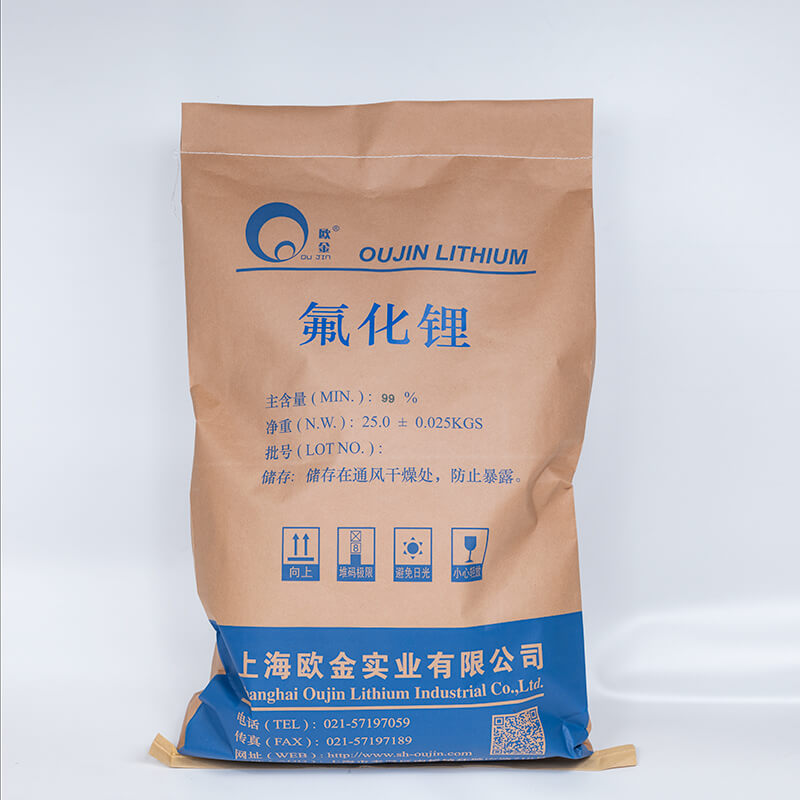CAS:7783-18-8
Molecular Formula:H8N2O3S2
Alias
More Information
Diazanium,Dioxido-Oxo-Sulfanylidene-λ<Sup>6</Sup>-Sulfane; Ammonium Thiosulphate; Diammonium Thiosulfate; Ammo hypo; Thio-Sul; Ammonium Hyposulfite; Ammonium Thiosulphate, Ammohypo
Brief Introduction
Used as photographic fixer, metal cleaning agent, electroplating solution and reducing agent.
Suppliers
View More Vendors (2) >
CAS:7787-70-4
Molecular Formula:BrCu
Alias
More Information
Bromocopper; Copper Bromide
Brief Introduction
Cuprous bromide is an important chemical raw material. It can be used in color photography, laser preparation, chemical and chemical reagents, catalysts in organic synthesis, pigments, reducing agents in dye industry, and in battery, electroplating and pharmaceutical industries. Used for color photography and battery. Used as organic reaction catalyst and nylon stabilizer. Used as raw materials and reaction catalysts for organic synthesis
Suppliers
View More Vendors (2) >
CAS:7789-02-8
Molecular Formula:CrH18N3O18
Alias
More Information
Chromium Trinitrate Nonahydrate; Chromium(III) Nitrate Nonahydrate; Chromium(3+);Trinitrate;Nonahydrate
Brief Introduction
It is commonly used in the preparation of chromium containing catalyst, coal dye in printing and dyeing industry, glass and ceramic glaze and corrosion inhibitor.
Suppliers
View More Vendors (2) >
CAS:7789-12-0
Molecular Formula:Cr2H4Na2O9
Alias
More Information
Disodium,Oxido-(Oxido(Dioxo)Chromio)oxy-Dioxochromium,Dihydrate; Sodium Dichromate
Brief Introduction
Sodium dichromate is an inorganic compound, commonly known as sodium alum, orange crystal, which is often used in the form of dihydrate: sodium dichromate dihydrate. Its chemical properties are similar to that of potassium dichromate. The solubility of sodium dichromate in water is about 20 times that of potassium dichromate (49G / L, 0 ° C), and its relative molecular weight is smaller. However, its application is not as wide as that of potassium dichromate.
Chromium in sodium dichromate is hexavalent, harmful and carcinogenic. Anhydrous sodium dichromate is highly toxic.
Suppliers
View More Vendors (2) >
CAS:7789-24-4
Molecular Formula:FLi
Alias
More Information
Lithiumfluorid; Fluorolithium; Lithiumfluorure; Ntl50; Tld100; Tld700
Brief Introduction
Lithium fluoride can be widely used as a cosolvent in the welding process of glass lining, copper and aluminum and in salt melting chemical process; It is also recommended as a heat carrier for space technology to store solar radiant heat energy; It can also be used in aluminum electrolysis and metallurgical industry. High purity lithium fluoride is used to make fluorinated glass and prism of spectrometer and X-ray monochromator. Lithium ion battery raw materials.
Suppliers
View More Vendors (2) >
Inquiry (
10
/ 10
)
Clear All
Sign In
Error!

